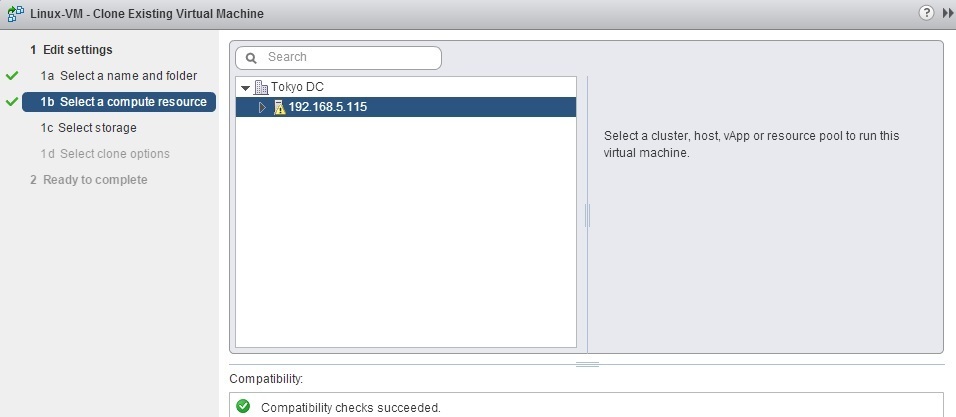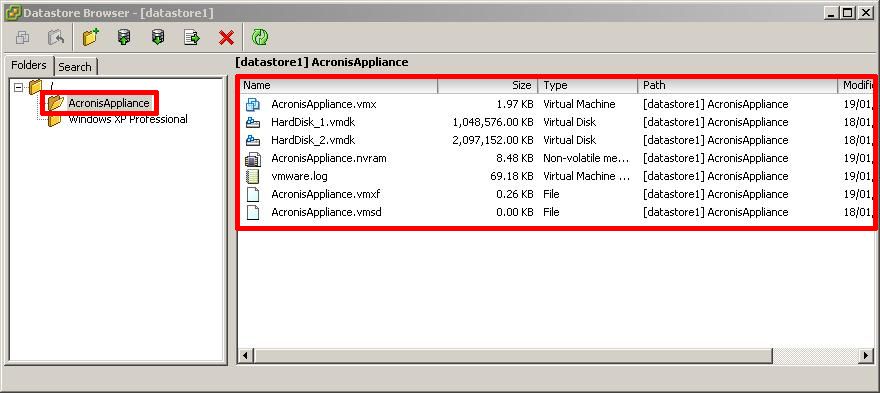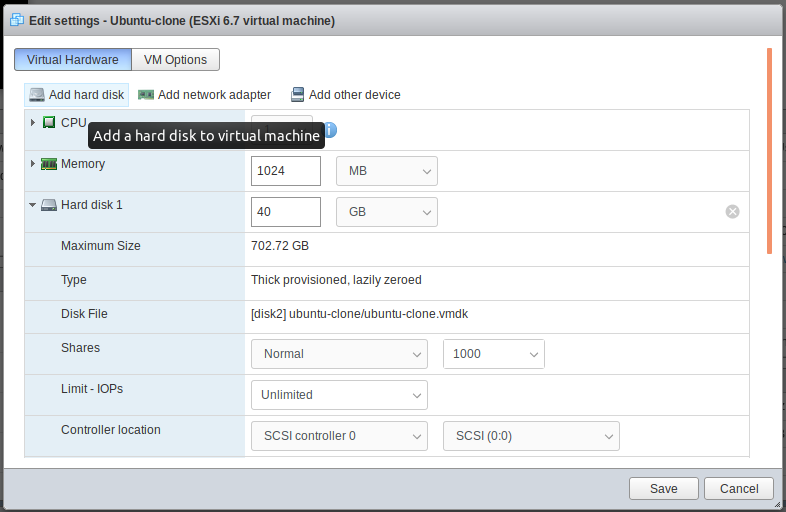

Imagine a situation when you are developing large-scale cloud native application. In the past, the idea of VMfork was about creating virtual desktops on-the-fly from the master VM but there is much more you can do with Insta Clone. Please not, that you do not need to enable transparent memory sharing on the ESXi hosts, everything works internally out-of-the-box. What is the beauty about that? Basically, you use the resources really wisely meaning that you can Insta Clone dozens of VMs but the footprint in the pRAM of the ESXi host will be kept at minimum. And now add memory as well!īasically, all the new Insta Clone VMs shared based disk and base memory of the parent VM and only the changes are written to the datastore (in case of disk) or actually written into pRAM of the ESXi host. How it works internally? Well, it is similar to snapshot technology when the new changes are written to delta disk, so all the VMs have the similar base disk at the beginning of their lifecycle, but individual changes in those VMs are not affecting each other. So, what it is? Imagine a situation when you need to (almost) instantly create dozens or even hundred VMs from parent (or source) VM but with possibility to customize new VMs. Well, it’s not exactly new feature, some of you might heard about something called VMfork but since vSphere 6.7 its fully integrated into the vSphere itself. Nested ESXi enhancements in vSphere 6.One of the new features in vSphere 6.7 is Instant Clone.Well, that about does it! Hope you all enjoyed this post! esxcli storage vmfs snapshot resignature -l datastore1

Sed -i 's#/system/uuid.*#' /etc/vmware/esx.confĪt this point, you can shutdown the VM and convert it to a template for cloning use.Īfter cloning a VM, if you plan on joining it to a vCenter Server you will need to run the following on each cloned instance via SSH. To prepare the VM for cloning use, run the following: esxcli system settings advanced set -o /Net/FollowHardwareMac -i 1
#Clone virtual machine vmware esxi 6.7 install
(Optional) To update the latest version of the ESXi Host client, run the following: esxcli software vib install -v "" **At the time of this writing, the latest version is Build 11675023 as per profile used below, be sure to change the profile number** esxcli network firewall ruleset set -e true -r httpClientĮsxcli software profile update -p ESXi-6.7.0-20190104001-standard \Įsxcli network firewall ruleset set -e false -r httpClient (Optional) To update ESXi to the latest version, connect to the host via SSH and run the following: Once the VM powers back on, log in and enable SSH so that we can run some additional commands to update the OS and prepare it for cloning use



 0 kommentar(er)
0 kommentar(er)
